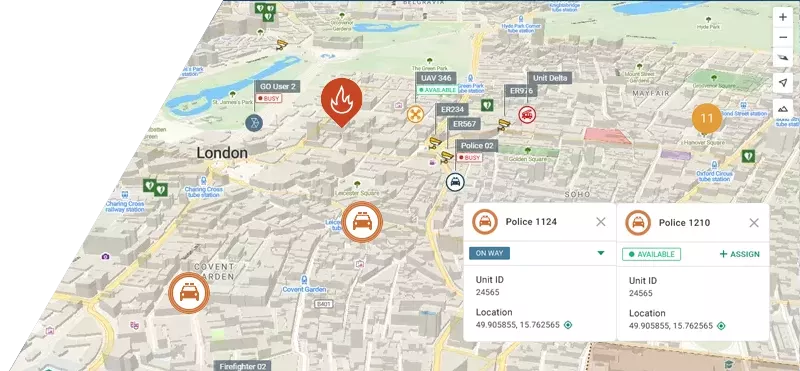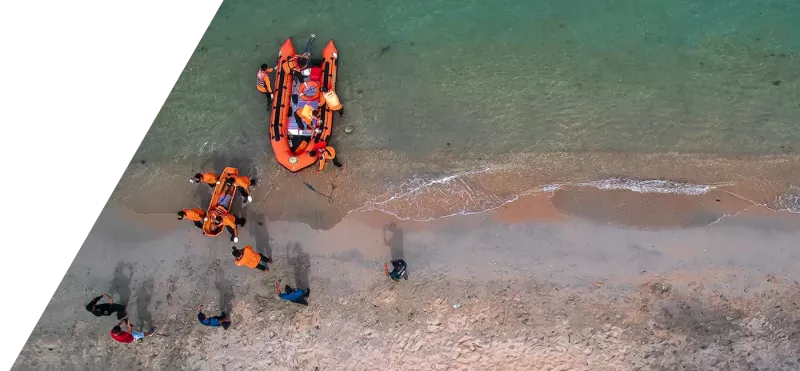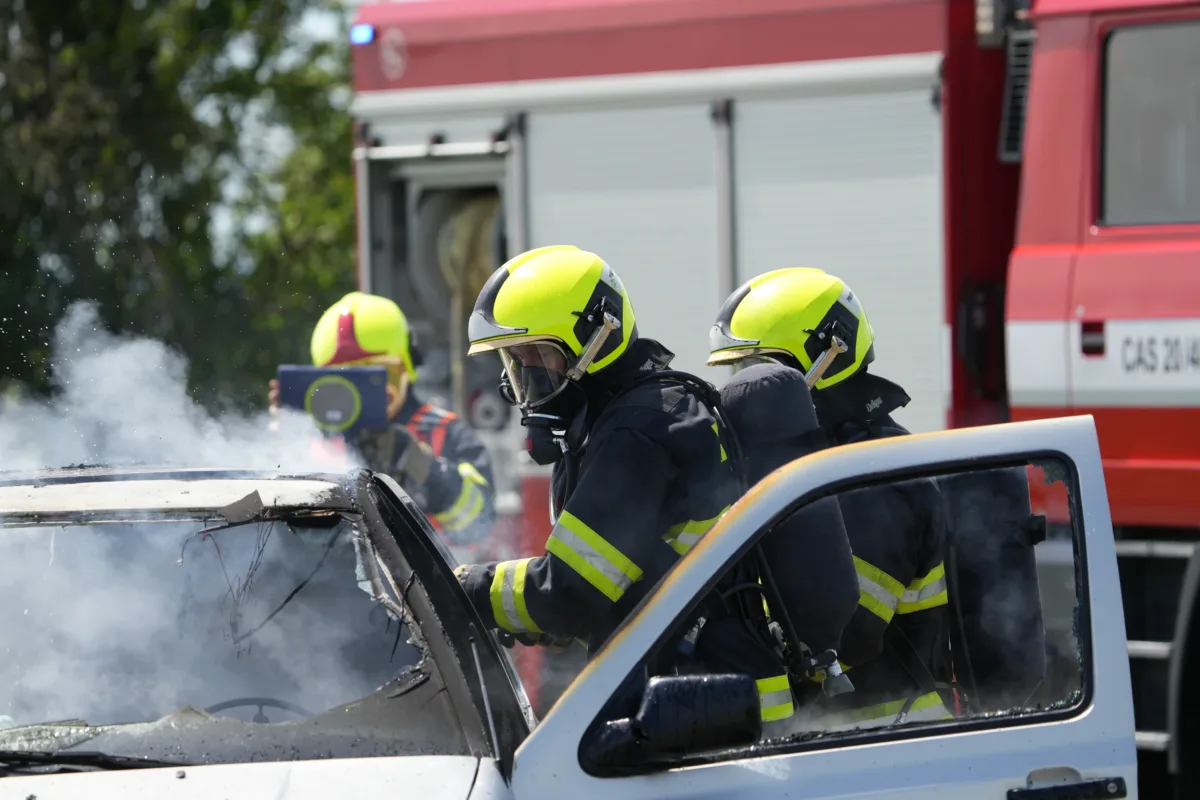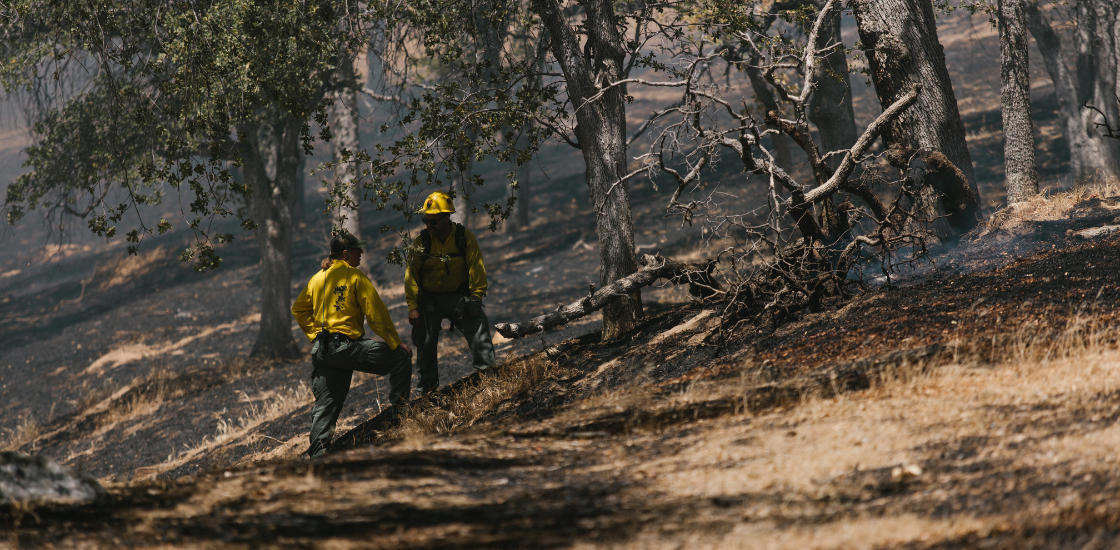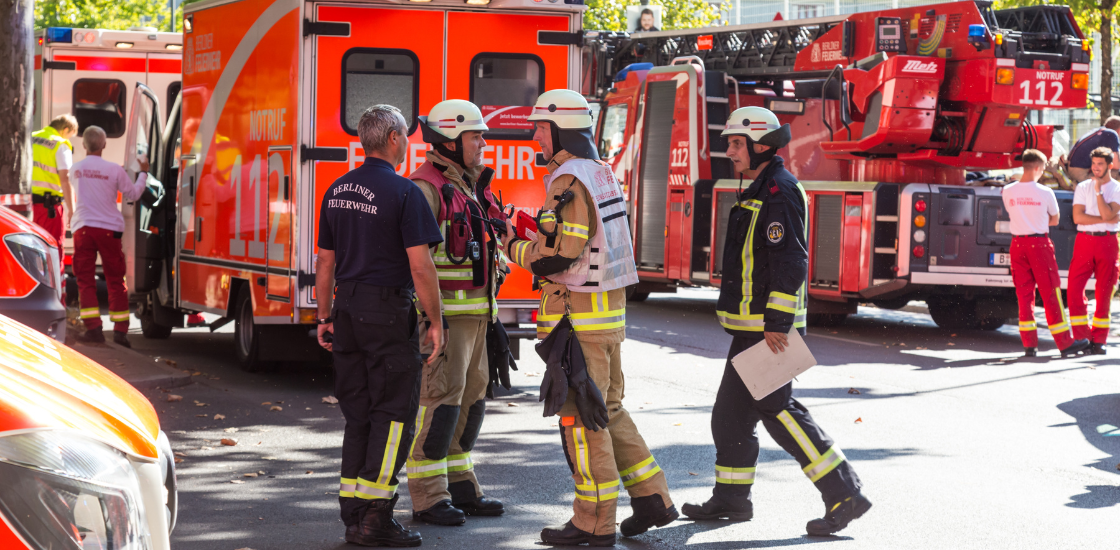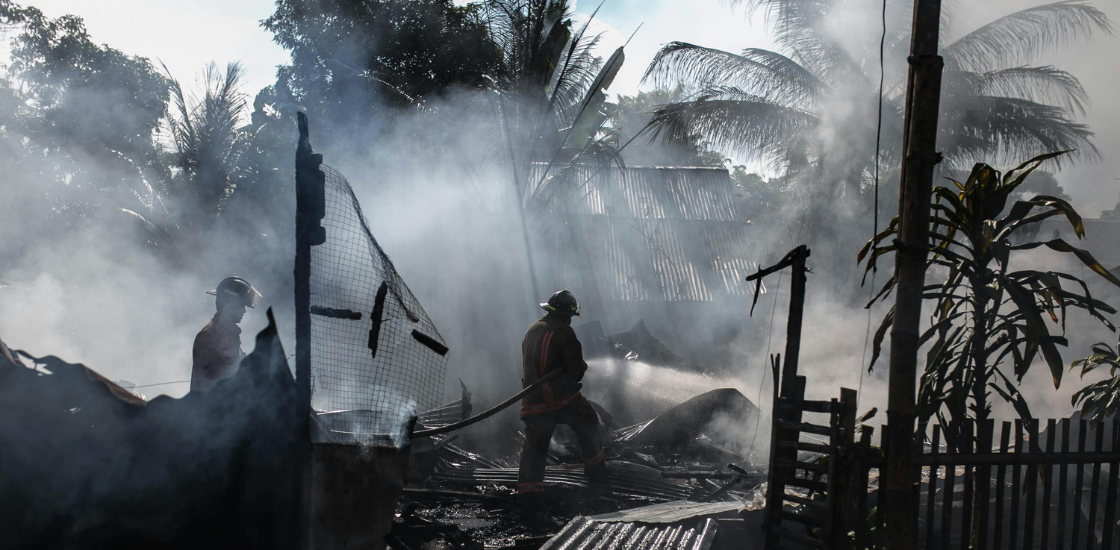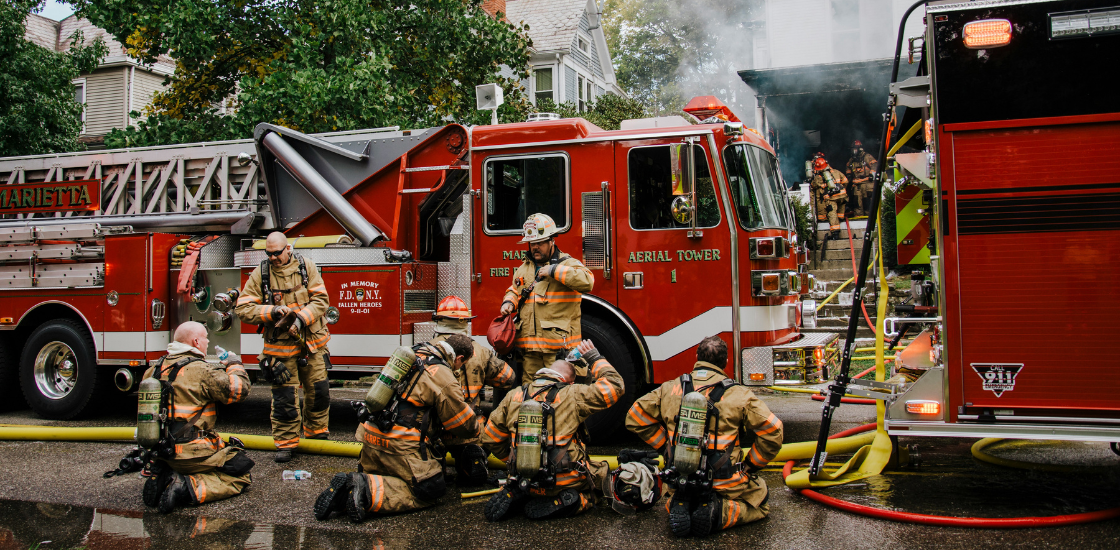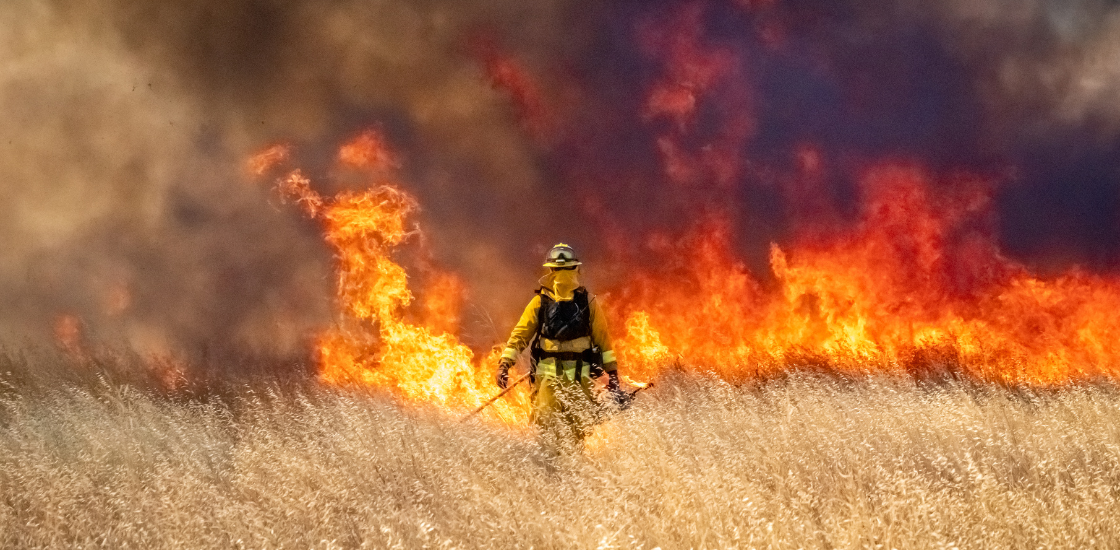A new incident management software from the company GINA is intended to simplify and speed up interventions requiring cooperation between Czech and German firefighters.
Table of Contents
Faster Emergency Response with Smart Coordination
By combining call tablets in fire trucks with advanced software, the system optimizes firefighter response times in border regions. Smart CAD ensures precise incident management and unit dispatching, while Tactical AVL enhances situational awareness through real-time location tracking, geofencing, and live data sharing. As a result, firefighters can arrive at fire or emergency scenes more quickly and efficiently, even in cross-border situations
It also considers situations where firefighters from the neighboring country are closer to the incident, ensuring a faster and more efficient response despite being on the opposite side of the border.
The German and Czech sides will also be able to exchange real-time information, significantly improving coordination during emergencies. The use of different languages is not an obstacle either; the system overcomes the language barrier and ensures the most accurate transfer of information.
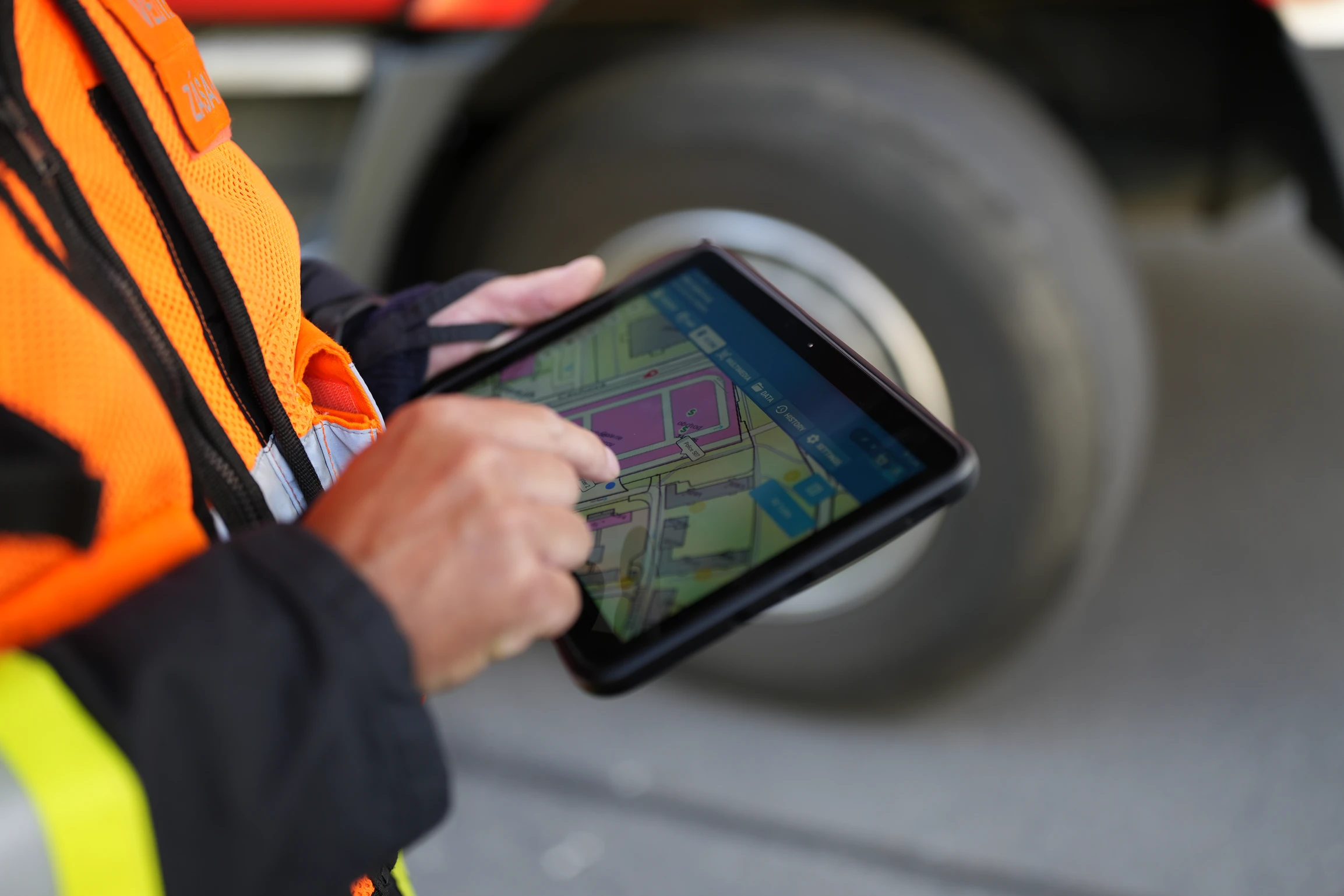
Seamless Dispatching and Real-Time Communication
When the operations center receives information about an incident, the dispatcher enters the location and other relevant information into the GINA System and sends the alert not only to the designated firefighting units but also to managers, spokespeople, or representatives of the authorities concerned. In the case of cross-border cooperation, the information will also reach the relevant operations center of the neighboring country, which will send additional units if necessary.
This is the first time that firefighters from Germany and the Czech Republic can use a common operational information system. “This will make cross-border operations on both sides even more efficient,” says Walter Jonas, government president of the Upper Palatinate in Germany. Now, after two years of pilot testing, the system is going live.
The platform eliminates, for example, inconsistencies in the transmission of information in different languages. Previously, information was transmitted in a very inflexible way in printed form and had to be translated afterwards, which took, for example, 20 minutes.
Thanks to the digital map and the possibility of accurately marking, for example, the area affected by a fire, the problems caused by a poorer knowledge of the terrain are eliminated. Another advantage of the system is that communication is maintained even in the event of a loss of radio link.
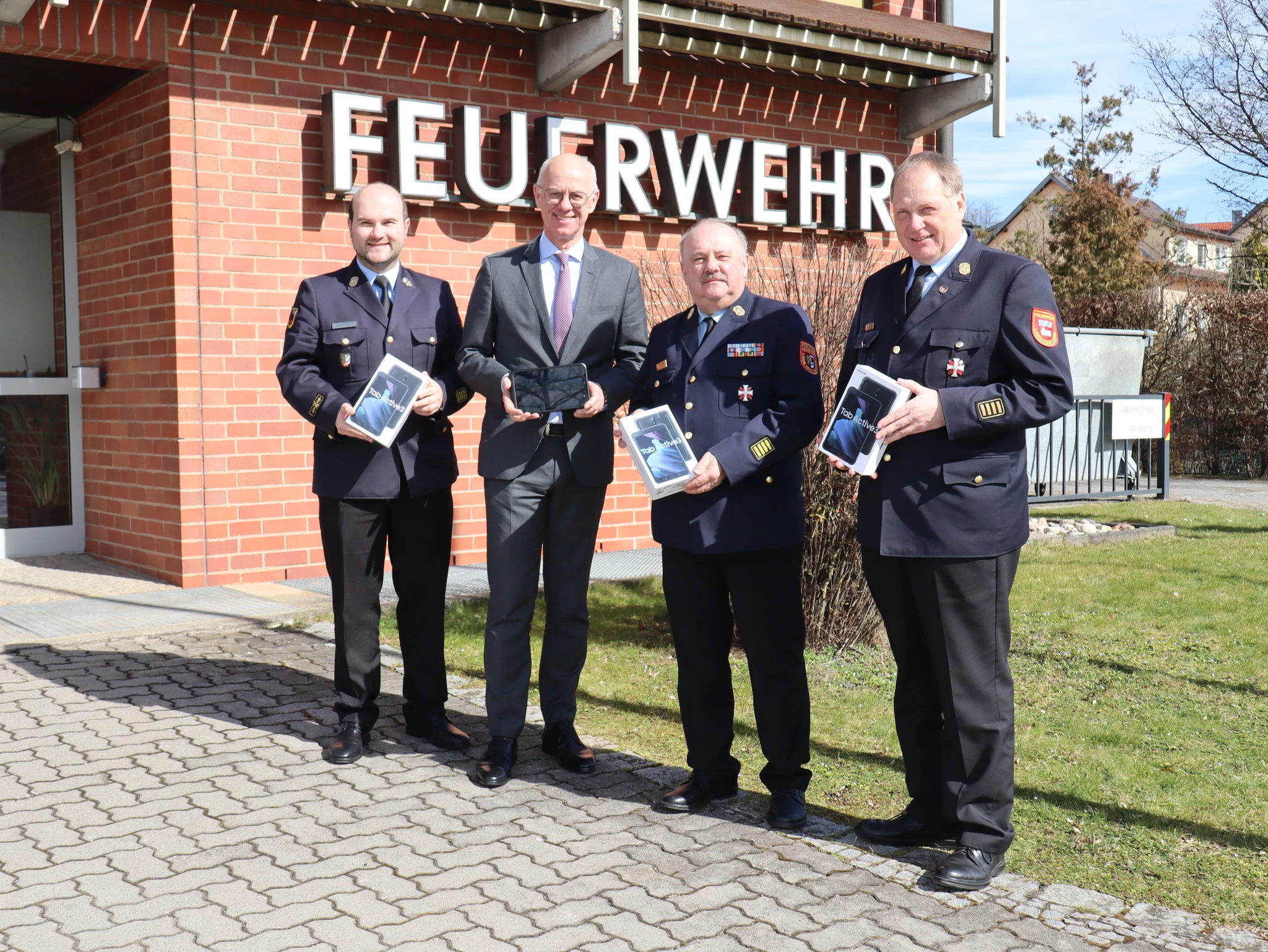
Advancing Incident Management Software for Greater Efficiency
The project started in Upper Franconia in Germany, where it was tested by the local operations center in Hof together with the Operational and Information Centre of Karlovy Vary Fire Rescue Service of the Czech Republic. The system will also be given to fire departments that already have experience with cross-border cooperation, such as those in the districts of Cham, Neustadt an der Waldnaab, and Tirschenreuth. If it proves successful, the cooperation should be extended southward along the Pilsen and South Bohemia regions.
“Cross-border cooperation is a driving force for both sides and also a sign of neighborhood and partnership, especially in emergency situations,” emphasizes Walter Jonas, government president of the Upper Palatinate.
